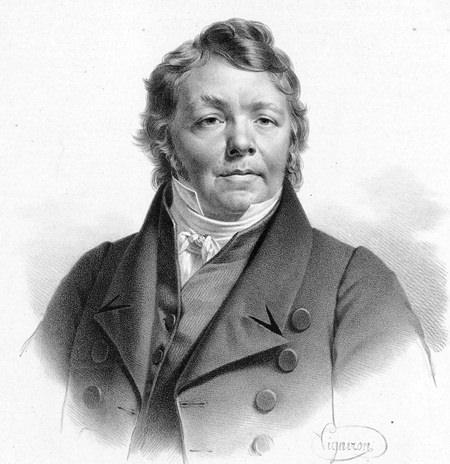
Thomas Mann, the German novelist, short story writer, social critic, philanthropist and author of the popular novella Death in Venice, was evidently not very fond of the bassoon. The instrument (he wrote) “is a bass instrument without proper bass strength, oddly weak in sound, bleating burlesque.” A lot of people would disagree, especially the three or four thousand members of the International Double Reed Society. And so would the musician Frank Zappa who said, “The bassoon is one of my favorite instruments. It has a medieval aroma. Some people crave baseball… I find this unfathomable, but I can easily understand why a person could get excited about playing the bassoon.”
Now I have to admit that although the bassoon is one of my favourite instruments too, I have never felt a compelling urge to try and play one. Like the oboe and the cor anglais, the bassoon is classed as a double reed instrument because the sound is produced by two pieces of cane which vibrate against each other. This is in contrast to the large families of clarinets and saxophones, all of which use single reeds.
The origins of the bassoon go back to a similar-looking woodwind instrument known as the “dulcian” which flourished roughly between 1550 and 1700. It was traditionally carved from a single piece of wood and is still used in ensembles that specialise in performing early music.
The bassoon that we see in orchestras today emerged during the first part of the nineteenth century. It was developed because of the increasing technical demands of composers and performers as well as the need for greater volume in concert halls. It’s not obvious, but the bassoon has a conical bore, meaning that the inside of the tube becomes progressively wider. The entire tube is about eight feet long, which is why it’s doubled back on itself to make the instrument more manageable. The Italian and German names for the instrument are fagotto and Fagott respectively which, contrary to what some people might imagine, mean “a bundle of sticks”.
We hear little of Hummel’s music these days though in his time he was considered by many to be the musical equal of Beethoven. In 1804 Hummel acquired the highly desirable post of Konzertmeister at Prince Esterházy’s palace at Eisenstadt – a job he partly shared with the older Haydn. Hummel was one of the leading piano virtuosos in Europe and wrote eight concertos for the instrument, though strangely enough not a single symphony. He had a significant influence on Chopin and Schumann and also on countless other pianists with his seminal book, crisply entitled A Complete Theoretical and Practical Course of Instruction on the Art of Playing the Piano Forte. It sold thousands of copies within days of its publication.
This three-movement concerto was written in Vienna sometime between 1811 and 1816 and rather looks back to the time of Mozart. It has the grace of the gallant style, although it must have seemed a bit old-fashioned to the sophisticated Viennese listeners. Nevertheless, Hummel had a natural gift for melody which is especially noticeable during the dreamy second movement. The work contains some exciting virtuosic passages and it showcases the bassoon’s characteristic tone qualities: the rich baritone sound in the low register and the lyrical, slightly nasal tone quality on the upper notes.
Like Hummel, Weber was also a brilliant pianist though today his name is more closely associated with German Romantic Opera. This concerto dates from 1811 (around the same time as the Hummel) but unlike the Hummel concerto this music seems to look forward to the romantic era which was beginning to emerge. The concerto was written while Weber was in Munich on the first leg of an international concert tour that was also to include appearances in Prague, Dresden, Berlin, Copenhagen and St. Petersburg.
This is one of the most popular concerti among bassoonists. This is not surprising because the work is full of energy; there are many gorgeous aria-like melodies and there’s a real sense of optimism. The slow movement is remarkably beautiful with a lyrical melody that could have been lifted straight out of an Italian opera. The third movement, which begins with a perky little tune that the bassoon handles so well, develops into an impressive display of virtuosity. There are some amusing touches too and listening to this engaging but technically challenging music gives me the distinct impression that Weber probably had a keen sense of humour.
 |
 |
 |





